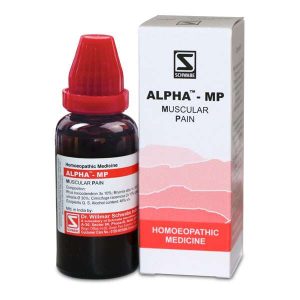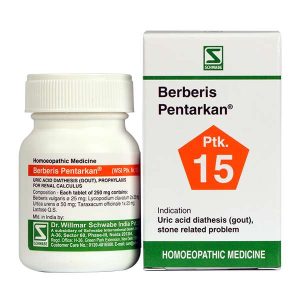
Gouty arthritis
-
-18%
 Rated 4.83 out of 5 based on 6 customer ratings(6)
Rated 4.83 out of 5 based on 6 customer ratings(6)₹135.00₹110.70 You Save: ₹24.30 (18%)Add to cart -
-18%
 Rated 4.83 out of 5 based on 6 customer ratings(6)
Rated 4.83 out of 5 based on 6 customer ratings(6)₹195.00₹159.90 You Save: ₹35.10 (18%)Add to cart -
-18%

-
-18%

Showing all 4 results
It is a metabolic disease, caused by an excess of uric acid in the blood that leads to crystalline deposits in the small joints. It is characterized by inflammation primarily of the big toe with intense pain and swelling, which later may spread to knee and hip in some cases. It is also referred in modern literature as calcium pyrophosphate deposition disease (CPDD) and in homoeopathic literature as “uric acid diathesis”.
What causes gout?
Gout is caused initially by an excess of uric acid in the blood (hyperuricemia) as a result of defective functioning of enzymes such as xanthine oxidase. The disturbance is caused by certain drugs and lifestyle.
There are a number of factors that can increase the likelihood of hyperuricemia, and therefore gout, which are as follows:
- Age and gender: Men produce more uric acid than women. Majority of the cases are reported in the middle age from 40-50 years of age. Women’s levels of uric acid approach those of men after the menopause. It is rare in women to be affected before menopause.
- Familial tendency: A family history of gout increases the likelihood of the condition developing.
- Lifestyle: Alcohol consumption interferes with the removal of uric acid from the body. Eating a high-purine diet (see the list of such foods under management) also increases the amount of uric acid in the body.
- Lead exposure: Chronic lead exposure has been linked in some cases to gout.
- Medications: Certain medications can increase the levels of uric acid in the body, such as diuretics and drugs containing salicylate
- Weight: Being overweight increases the risk as there is more tissue in the body for turnover or breakdown, leading to the production of excess uric acid.
- Other health problems: If the kidneys are unable to eliminate waste products adequately (renal insufficiency) then uric acid levels can remain high. Other conditions that can contribute are high blood pressure (hypertension), diabetes and hypothyroidism.
Signs and symptoms
- Gout first develops usually in the joint of the first toe.
- Symptoms of gout develop quickly from few hours to 1 or 2 days.
- Patients feel intense pain while touching or moving the toe.
- Stiffness, redness and swelling are associated symptoms. It typically occurs in only one joint at a time.
Management
Usually the aim in treating the gout is to decrease the amount of uric acid in the joints by prescribing suitable drug for uric acid diathesis. Homoeopathic treatment also reduces the symptoms and prevents further attacks.
Prevention
- Avoiding alcohol
- Rich foods that are high in purine (e.g. red meat, cheese/ cottage cheese, sweetbreads, gravy, cream sauces, sea food, alcoholic beverages, beans, peas, oatmeal, spinach, cauliflower, asparagus and mushrooms)
- Drinking plenty of fluids (especially water)
- Regular exercise
Get remedies
- Berberis Pentarkan
- Alpha-MP
- Topi MP
- BC 19
Disclaimer: The information provided herein on request should not be taken as a replacement of medical advice or for the diagnosis or treatment of any medical condition.
Blog Post


Effects of Diabetes, Smoking, and Other Factors on Sexual Health


Plant-based Protein vs. Animal Protein: Which is Better for Your Health?































